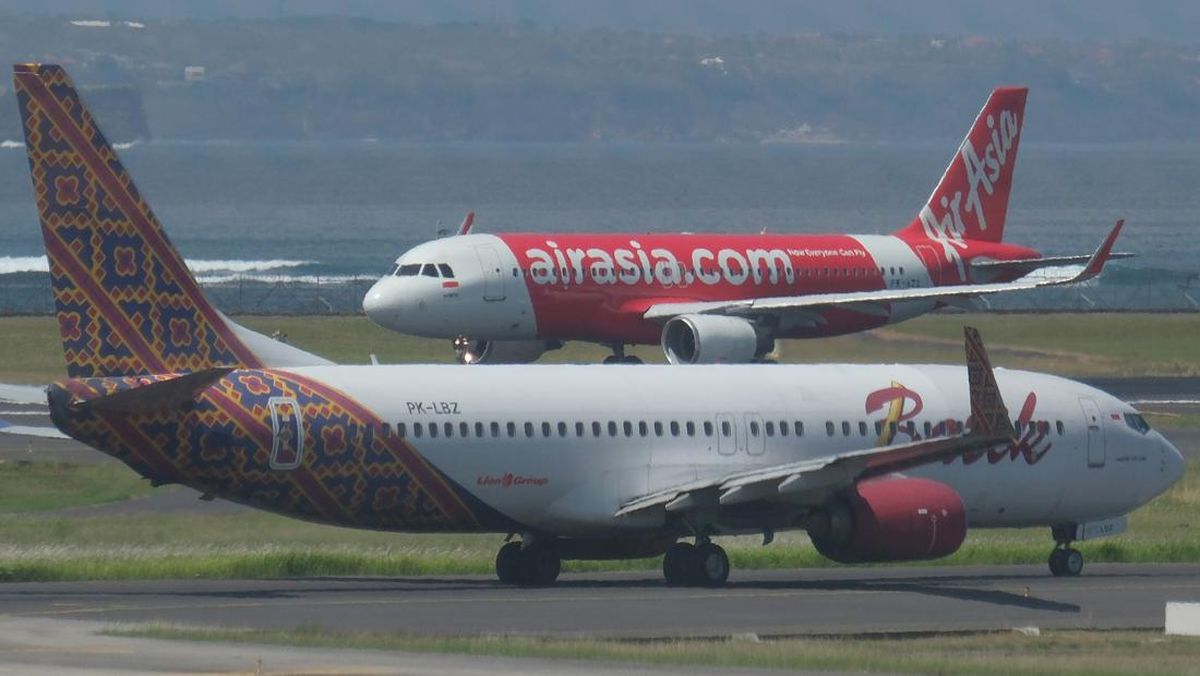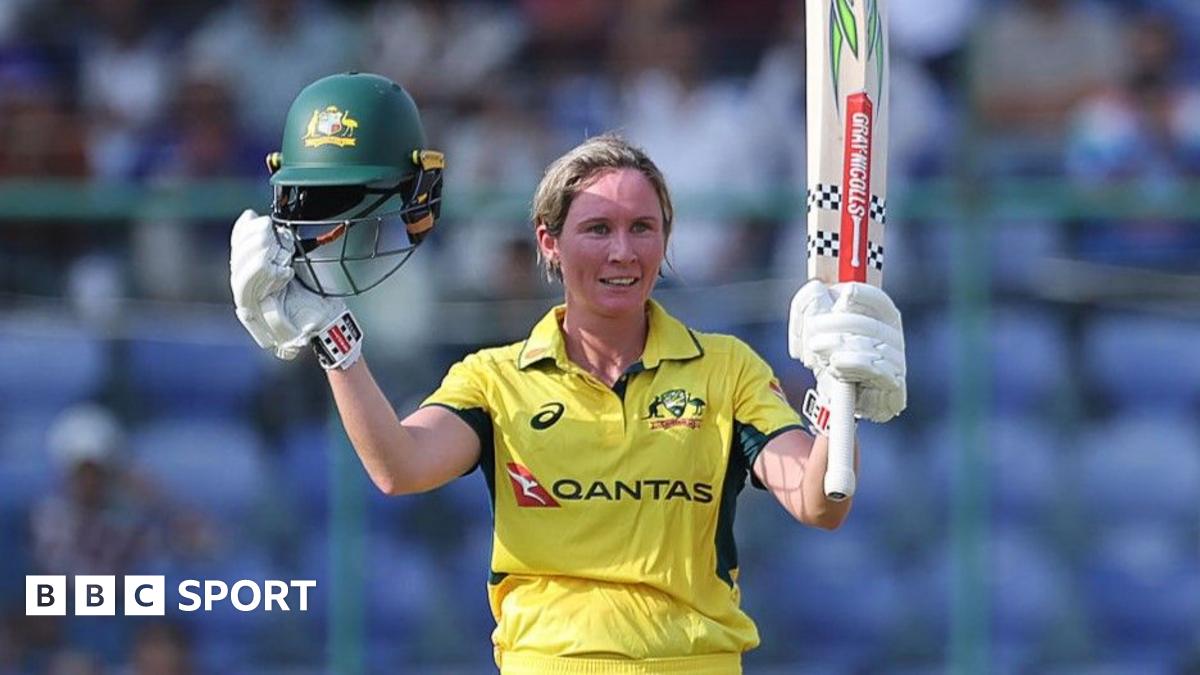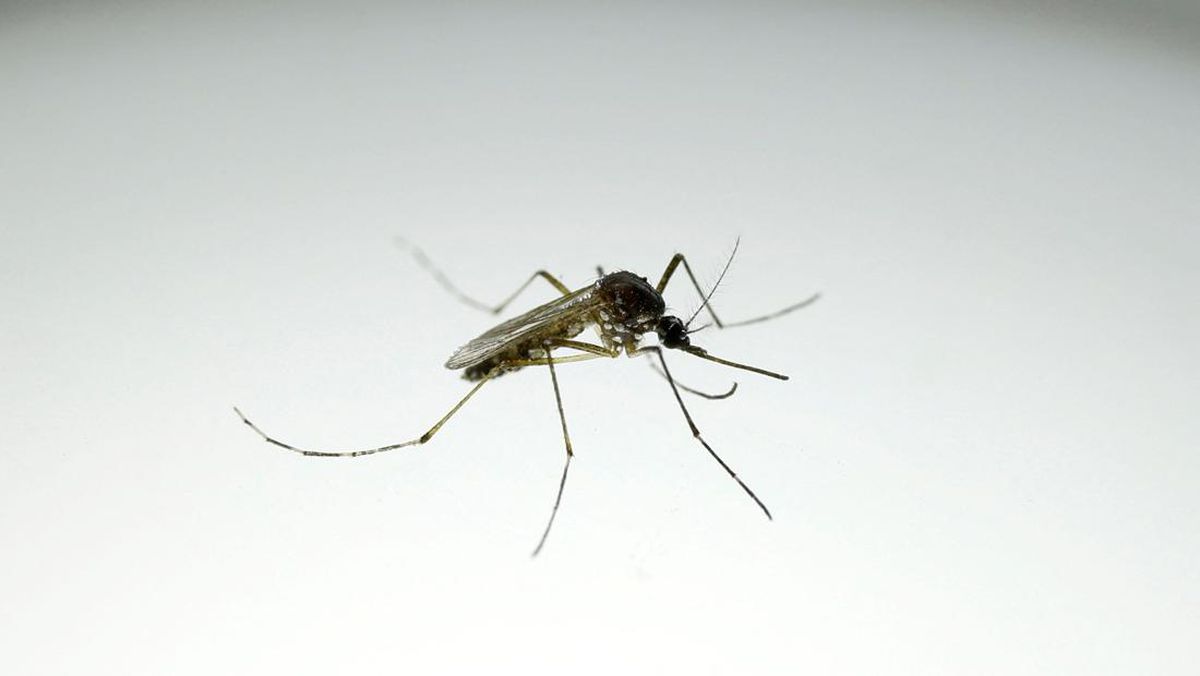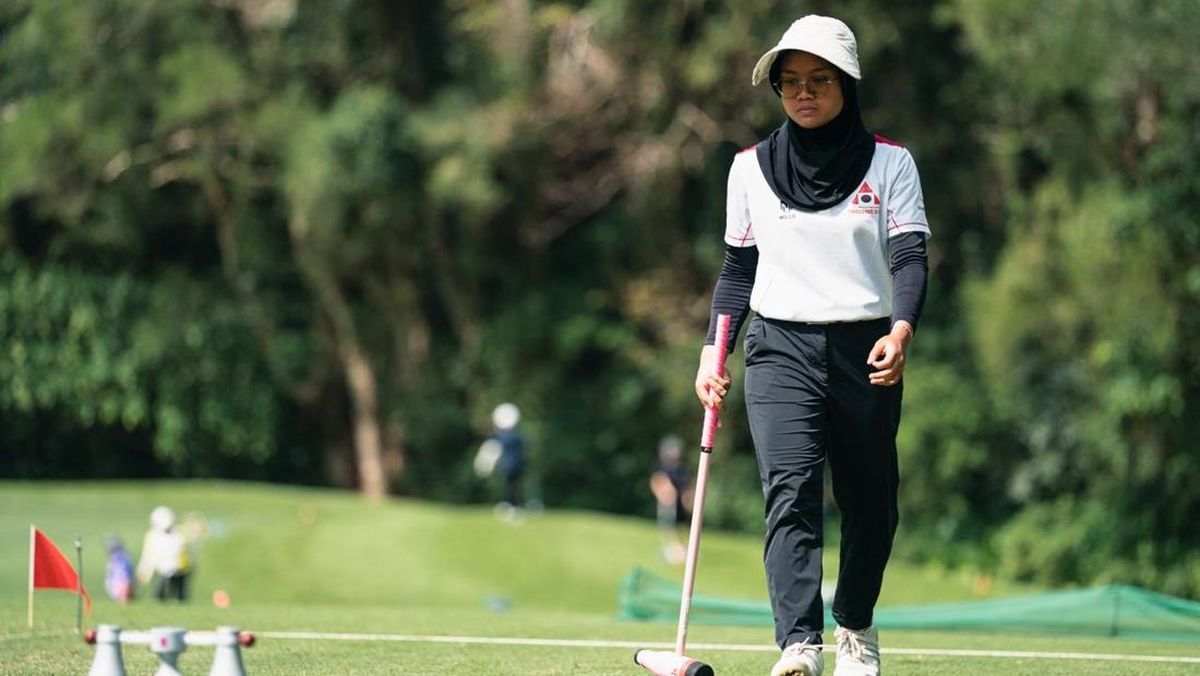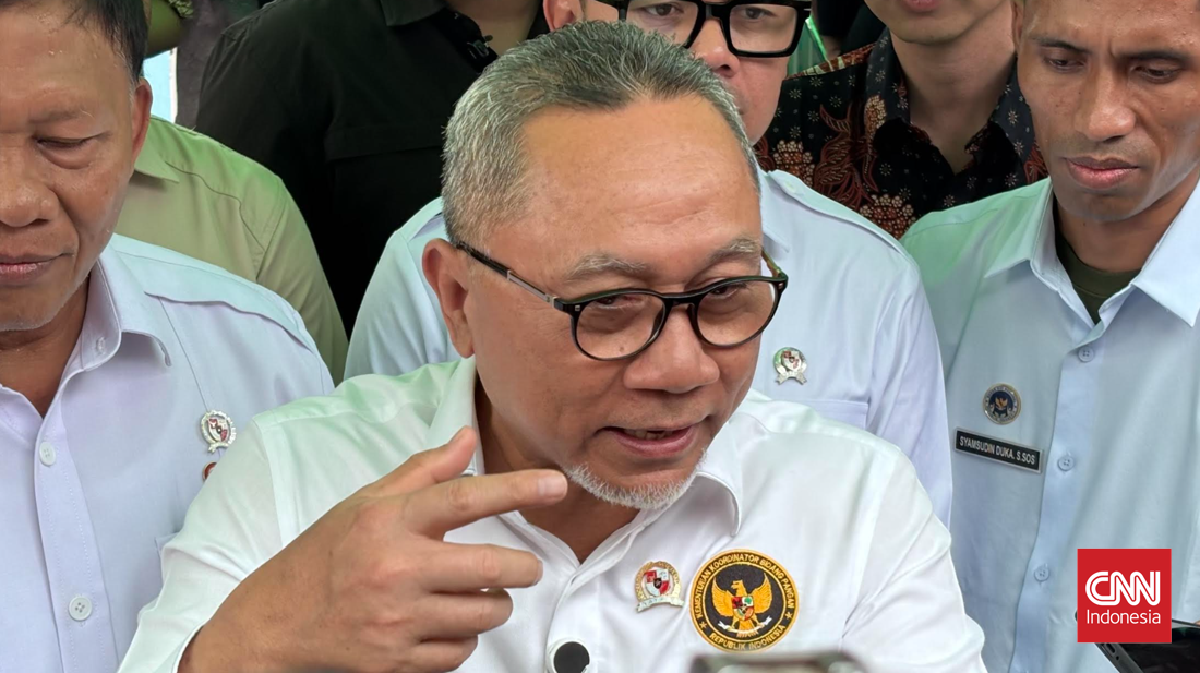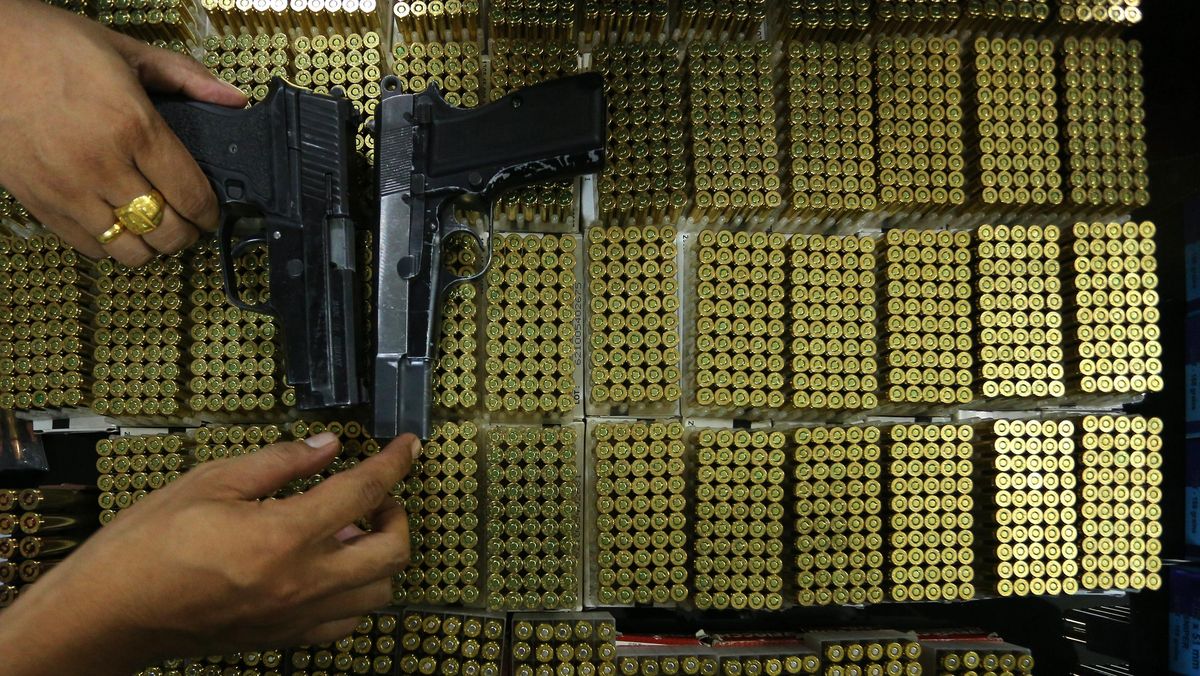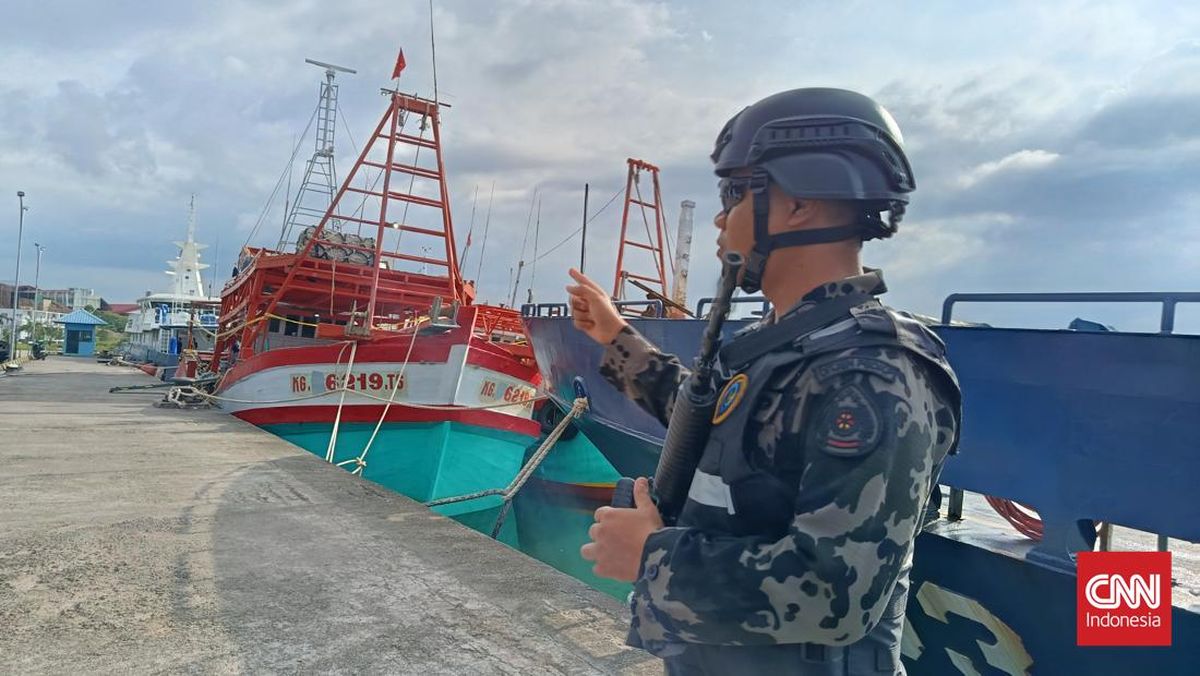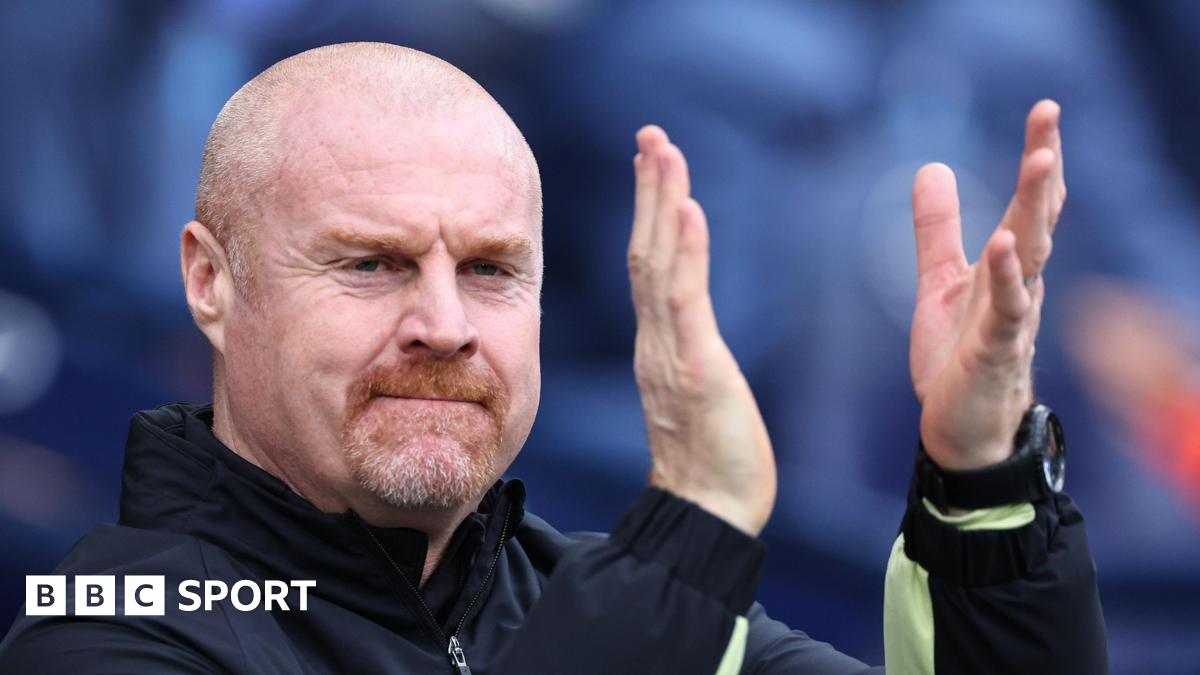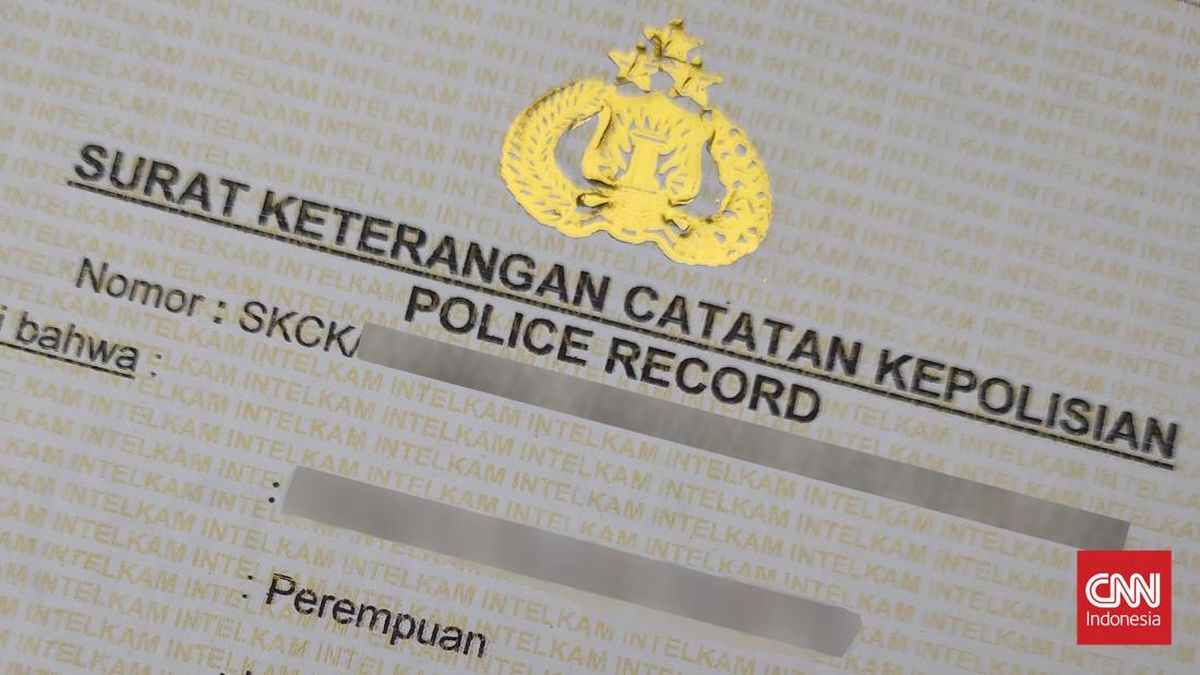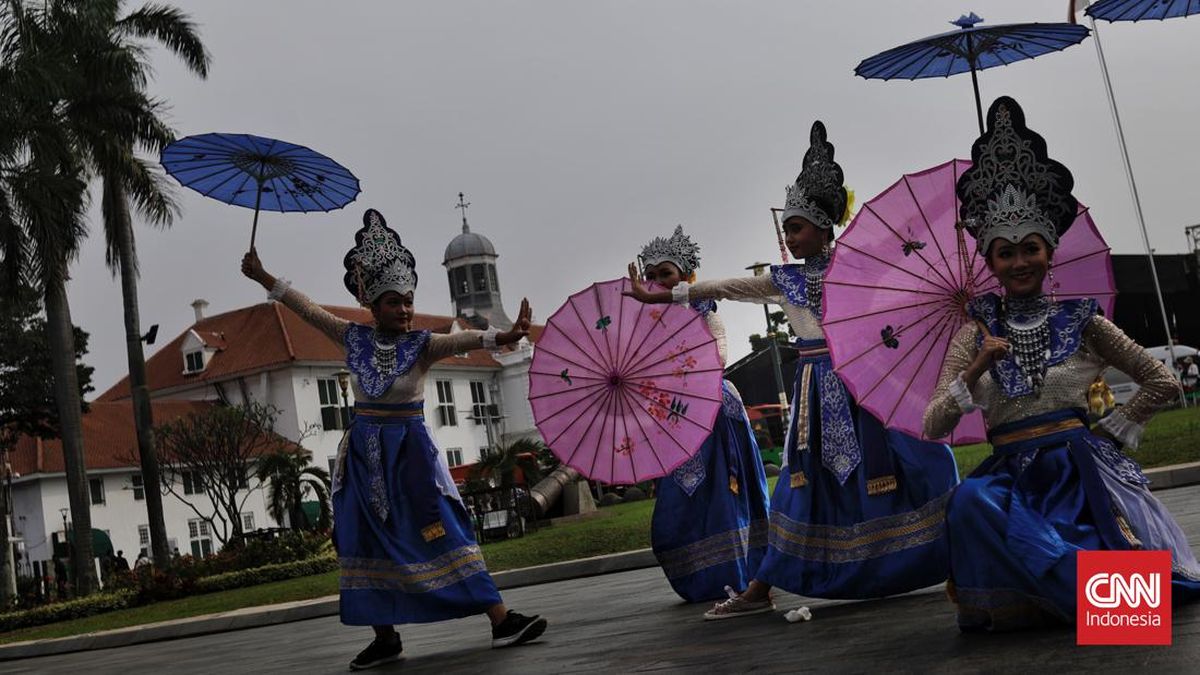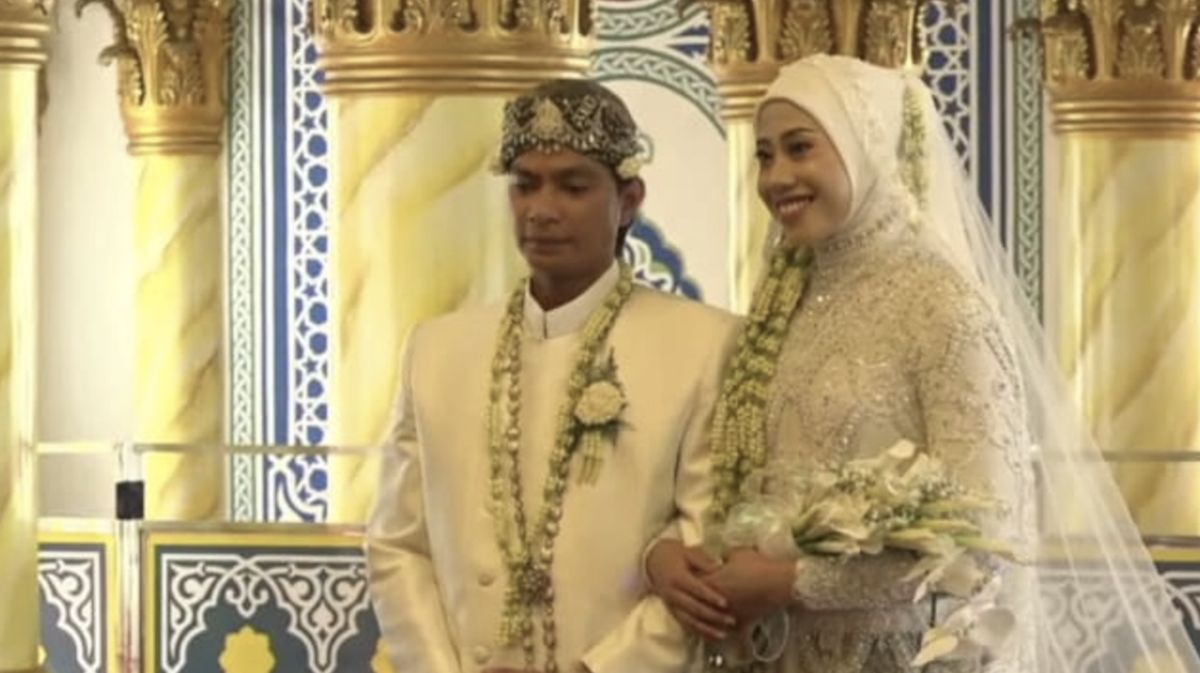“The Washington agreement struck by the leaders will materially advance … confidence in the capacity of Australia, including our Browns Range project, to materially contribute to the western world’s accelerating and important efforts to move away from a single source of supply of heavy rare earths,” Northern Minerals executive chairman Adam Handley, said.
The soaring share prices on Tuesday built on a market frenzy for rare earths stocks by local investors.
“Since April, we’ve seen demand for rare earth and strategic minerals stocks grow strongly, with October marking a dramatic spike in trades – up eleven-fold from September,” Ausiex executive Chris Hill, said.

US President Donald Trump and Australian Prime Minister Anthony Albanese unveiled the multibillion dollar plan to break China’s stranglehold on crtitical minerals.Credit: AP
This includes Australia’s $20 billion market giant Lynas Rare Earths – also backed by Rinehart – which has tripled in price this year as the only rare earths producer that currently processes rare earths outside China. Rinehart owns 10 per cent of Arafura and more than 8 per cent of Lynas.
But as Lynas knows, investors in these critical minerals players face a rough ride if China’s predatory pricing is allowed to set market rates and make it financially impossible for other players to succeed.
Loading
Lynas relied on funding from Japanese government-backed entities in 2011 to keep it afloat as other operators collapsed when China sent rare earth prices plunging.
Trump and Prime Minister Anthony Albanese signalled that they will introduce price floors for the critical minerals producers they are backing, to ensure this does not happen.
“The Participants will work to protect their respective domestic critical minerals and rare earths markets from non-market policies and unfair trade practices, including through the adoption of … price floors or similar measures,” a statement from the White House said.
What are critical minerals, and what are they used for?
The term “rare earths” refers to 17 minerals and elements crucial to the manufacture of many hi-tech products such as mobile phones, electric cars, wind turbines and, most crucially, military equipment like fighter jets and nuclear submarines.
They are not actually that rare, but require an intensive extraction process, which is costly and produces toxic waste.
The US and Australian governments have started funding the mining and processing in recent years as China’s stranglehold became evident. Australia’s new F-35 jet fighter requires more than 400 kilograms of rare earth materials, according to a US congressional report.
Critical minerals are a broader group of minerals used to make a wide variety of technology including electric cars, batteries and solar cells.
Where are they located in Australia?
Albanese’s announcement said the Australian government was making financial commitments to two priority projects: one from Alcoa and Sojitz in Western Australia, and the Arafura Nolans project in the Northern Territory. There are several other projects in the pipeline in NSW, Victoria, Queensland and South Australia.
What was agreed upon in the Australia-US critical minerals deal?
The Australian and US. governments have agreed to a framework that will provide funding to companies in Australia and the US that are planning to mine and process critical minerals and rare earths.
The announcement unveils US$1 billion in investments by both governments over the next six months as part of a planned US$8.5 billion pipeline of priority projects in Australia and the US.
Loading
It will accelerate the supply of processed rare earths from outside China, which has a stranglehold on the crucial minerals.
In return for funding, each government will receive guaranteed supply of these elements and minerals via what are known as offtake agreements.
The deal announced on Tuesday includes both governments investing in the Alcoa-Sojitz Gallium Recovery Project in Western Australia with offtake agreements.
Similar funding deals were announced to advance projects for ASX-listed Arafura Rare Earths, VHM, Northern Minerals and Latrobe Magnesium.
It builds on US government funding for other projects, including the processing of heavy rare earths by Lynas Corp in Texas, and a mining project by Australian Strategic Minerals in NSW.
Equities analysts from UBS welcomed the plan to re-build the rare earths supply chain outside China, even if Trump’s expectation that it would ease supply issues within a year was seen as optimistic.
But they warned that this level of government investment in unproven businesses could have consequences.
“It does raise questions on long-term implications with potentially uneconomic projects being subsidised into production,” they said.
How does this impact China?
Dr Lian Sinclair, an economic geographer at the University of Sydney, said that in the context of China’s announced export restrictions on rare earths to the US amid its tit-for-tat trade war, greater Australian supply was a positive.
“If Australia can step up supply, it takes leverage away from China,” he said. “(But) the view in China will likely be that this deal is just another incremental step.”
Part of the issue is that China is not only the world’s largest miner of rare earths, it also controls most of the processing that is just as critical to the sector.
He also flagged another barrier: that manufacturing industries in the US, Europe, South Korea and other allied countries aren’t large enough to generate demand for much more Australian product, whether raw or refined.
“We really need to see allied countries investing in their domestic manufacturing industries,” he said.
The Business Briefing newsletter delivers major stories, exclusive coverage and expert opinion. Sign up to get it every weekday morning.

